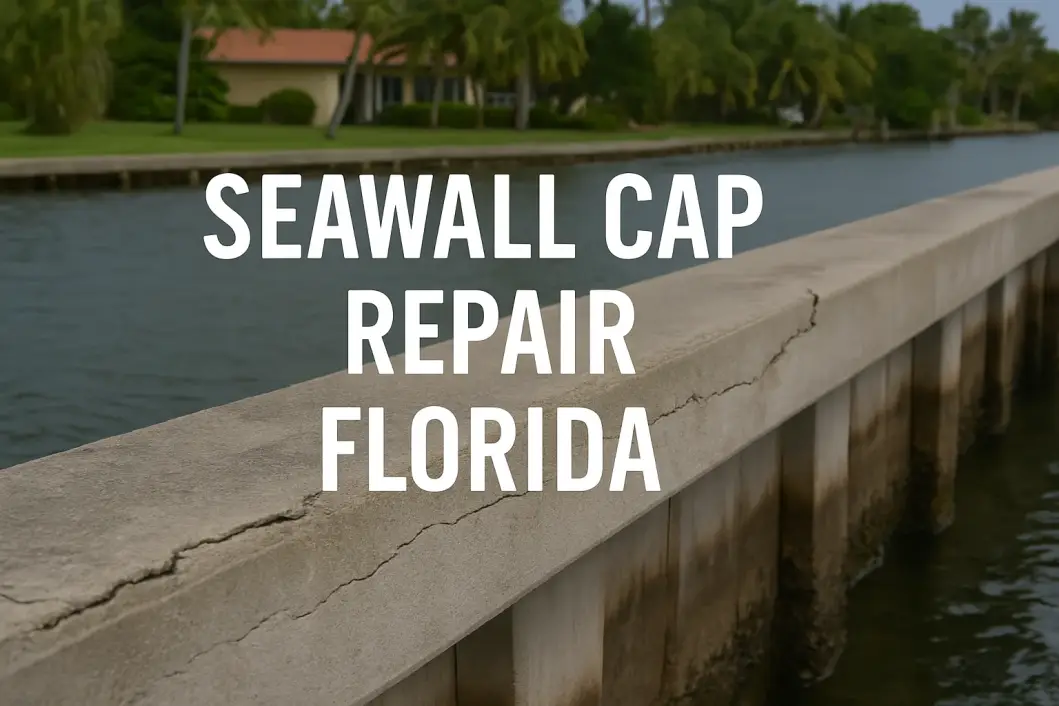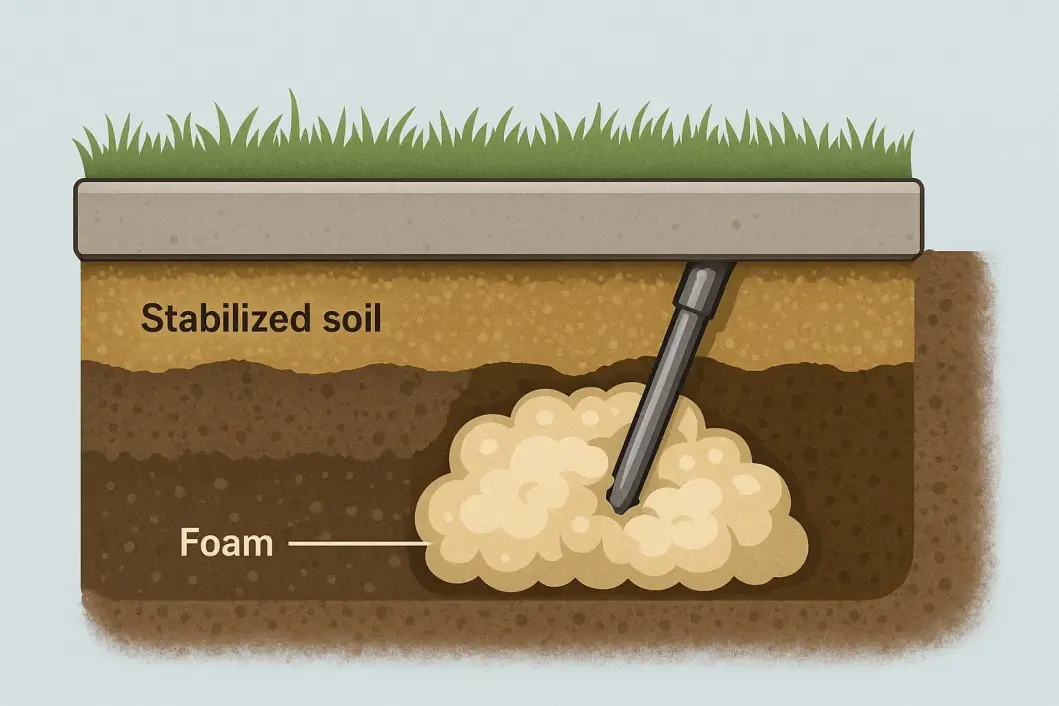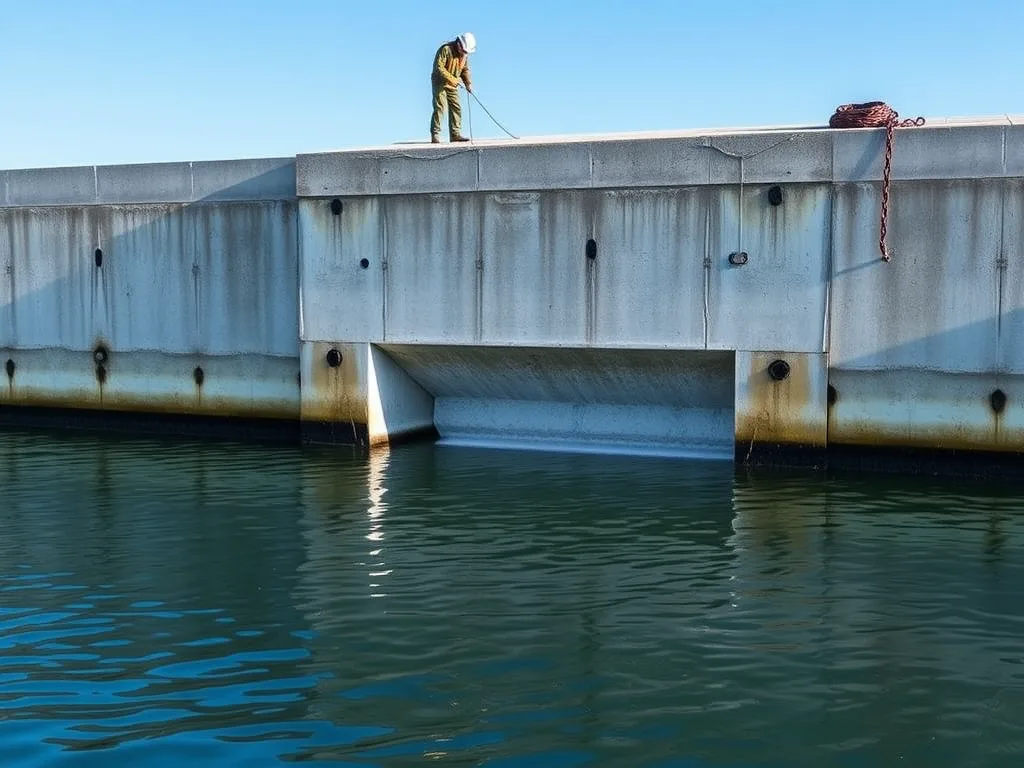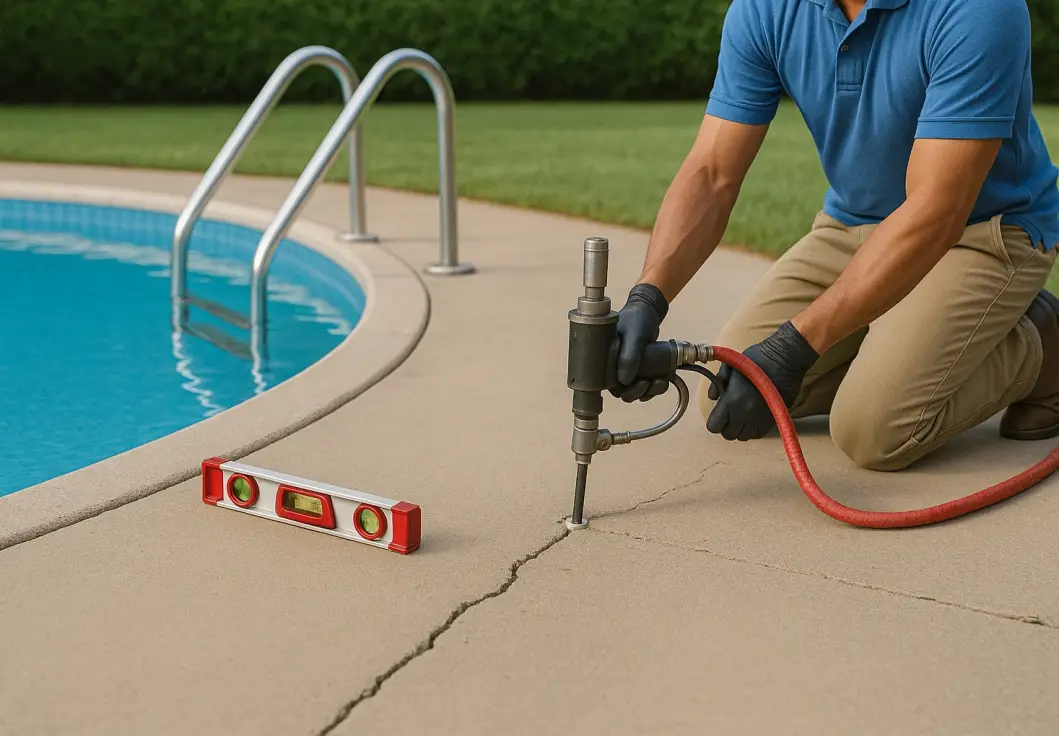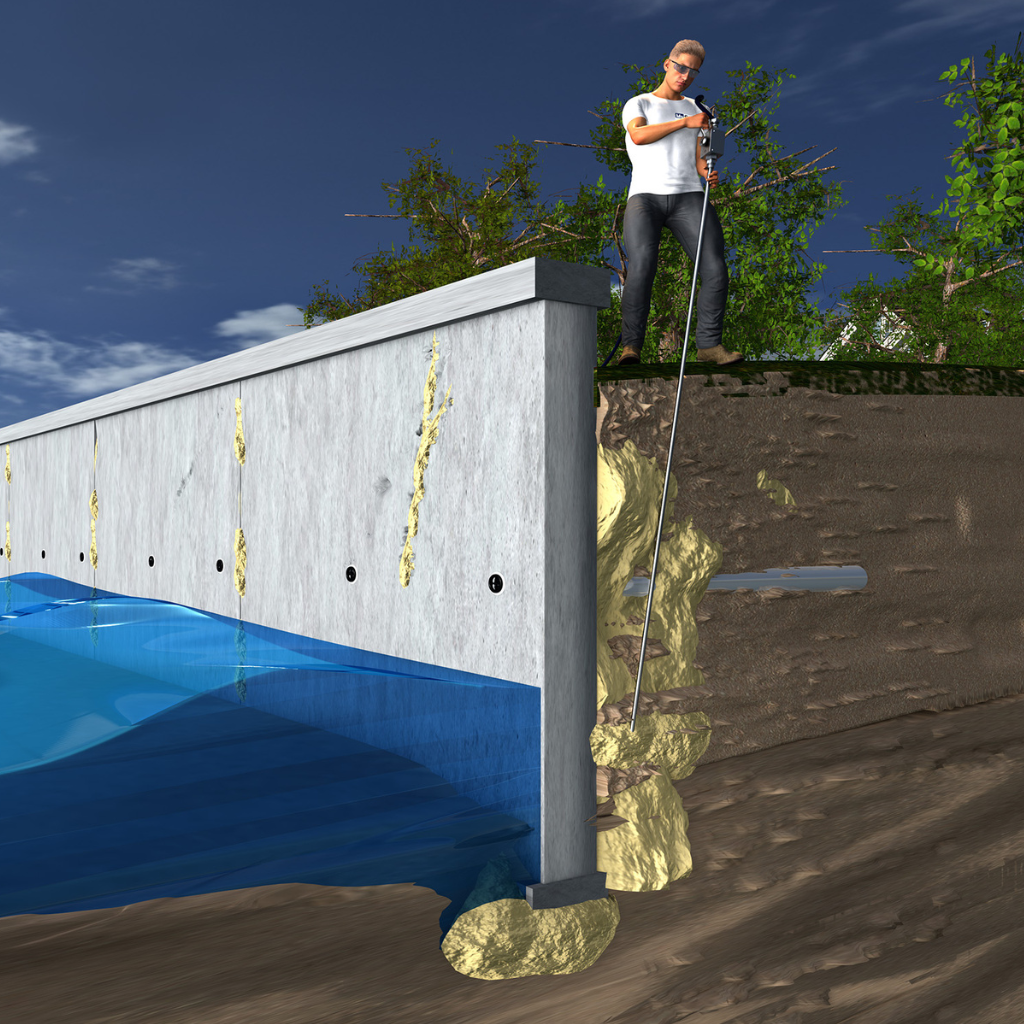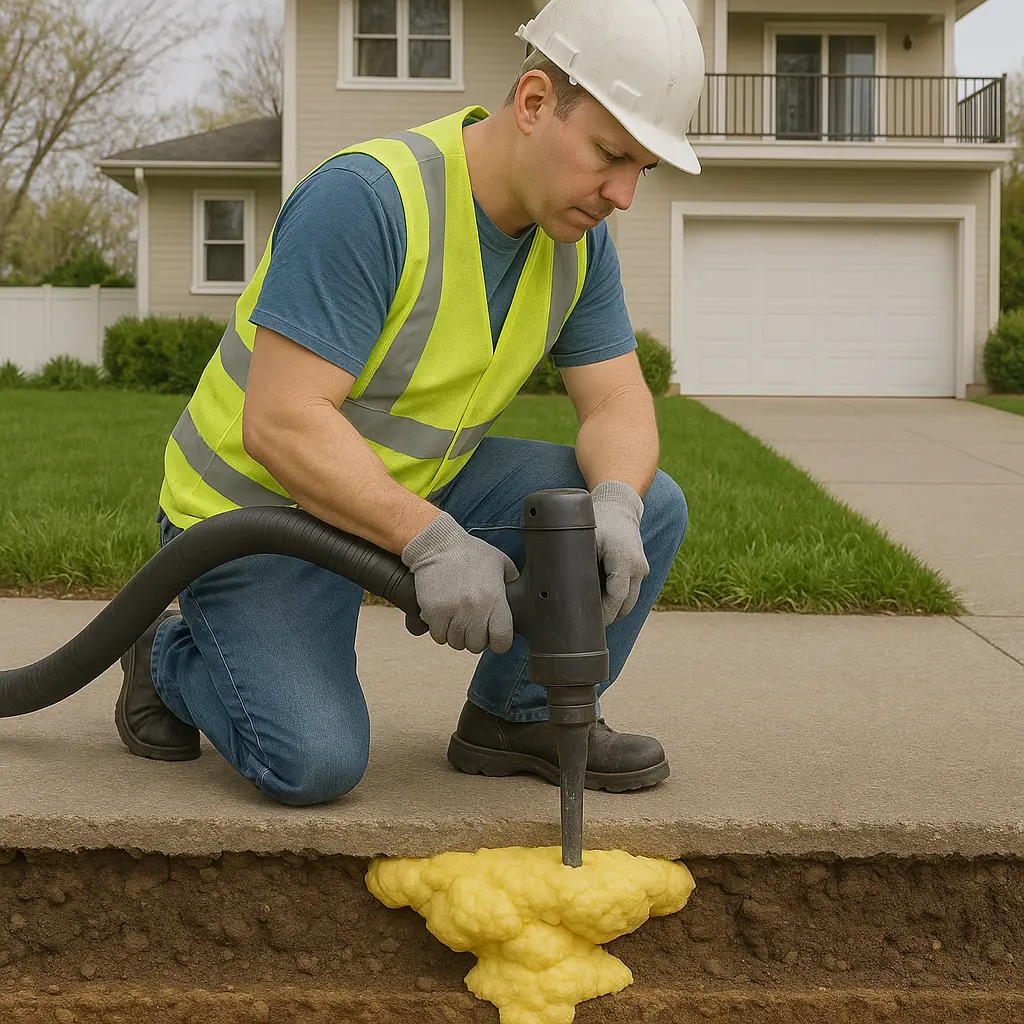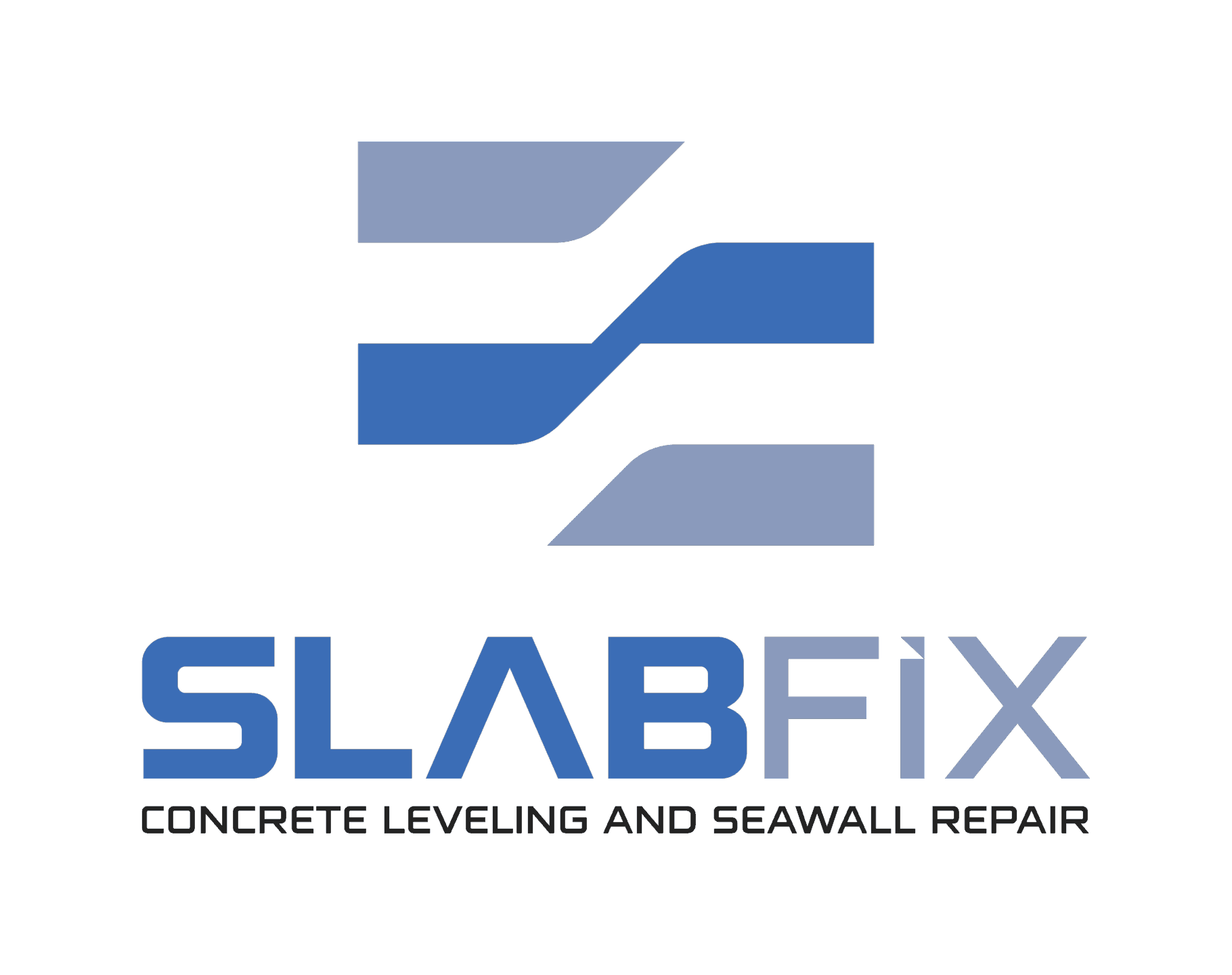How Does Concrete Lifting with Polyurethane Work?
Over time, concrete settling is practically inevitable due to its weight, gravity, and soil erosion. While it’s a common issue for property owners, neglecting settled concrete can lead to serious risks. Symptoms such as wall or floor cracks, difficulty in opening windows or doors, visible foundation cracks, uneven floors, and poor water drainage may not seem critical initially but could indicate larger underlying issues, especially for building foundations. Unattended sinking and cracking foundations may result in costly damages, ranging from rodent and insect infestations to plumbing and mold/mildew problems. In the case of sidewalks, walkways, and driveways, uneven or sunken concrete poses a hazardous trip risk, especially concerning for commercial property owners who may be liable for accidents due to poor maintenance. Fortunately, there are fast, effective, and affordable solutions to address settled concrete. Concrete lifting with polyurethane, also known as foam jacking, can restore sunken or settled concrete slabs to their original grade.
Concrete Lifting with Polyurethane Explained
Concrete Lifting with polyurethane, or foam jacking, is a method used to raise sunken or settled concrete slabs. It shares similarities with another common solution, mud jacking. However, instead of relying on a mixture of water, soil, sand, and cement, foam jacking uses geotechnical polyurethane foam.
The Process Unveiled
Foam jacking is a fast, non-invasive process that eliminates the need for excavation. Small holes, about 5/8 inch in diameter (slightly smaller than a dime), are strategically drilled into the sunken concrete slab. Geotechnical polyurethane foam is then injected through these holes, expanding to fill voids and compact the soil beneath the slab.
As the polyurethane expands and the weight of the concrete slab forces the foam into voids or crevices, the slab begins to lift back to its original level. Once the desired height is reached, the injection holes are patched with cement. Unlike other concrete lifting methods, the surface is ready to use approximately 20 minutes after completing the job, making it a much quicker solution.
Clean-up is a breeze for a standard foam jacking/polyurethane concrete lifting job. Contractors bring their equipment on a truck, drill holes in the slab, install injection ports, inject the polyurethane solution, remove the injection ports, patch the small holes with cement, and move the truck.
Long-lasting Benefits
Polyurethane concrete lifting offers durable and stable results. Unlike mud jacking and similar solutions, polyurethane foam is lightweight and binds soil to increase density. Additionally, it is weather-resistant, ensuring it won’t erode or wash away in freezing temperatures or moisture. While the cost of foam jacking may be higher than alternatives, the benefits, including fast and lasting results, make it a worthwhile investment for your concrete lifting or leveling needs. Contact Slab Fix today for consultation on your settled concrete!

